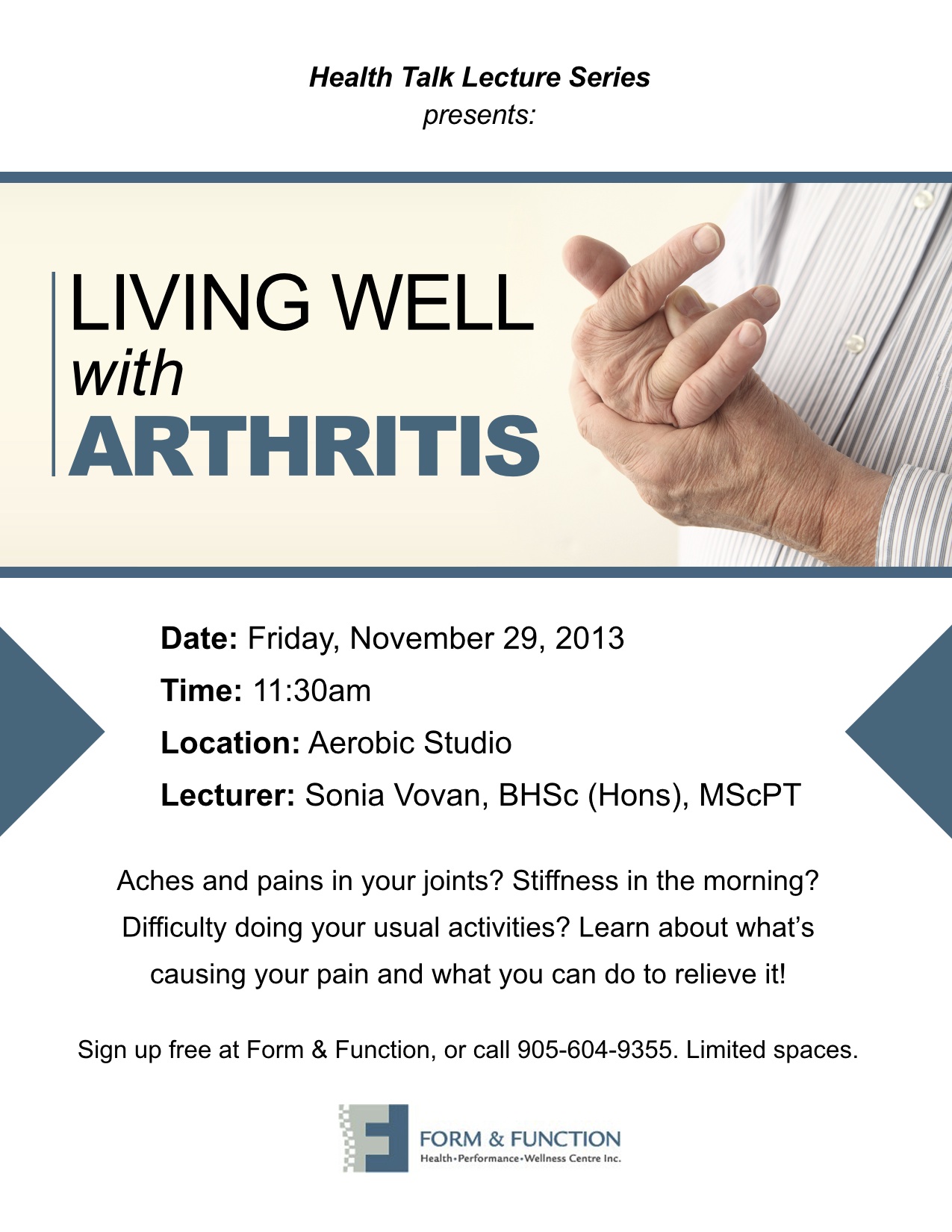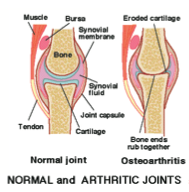Nutrition Tips for the Holiday Season
It’s December and the holiday season has officially begun.
For many, the focus of the season is food and overindulgence. The average person gains 2 to 12 pounds from Thanksgiving to New Year ’s Day.
It is possible to enjoy the Holiday Season and practice moderation.
Simply, diet is discipline. I teach my clients that weight management is about negotiation, not deprivation. Allow the holiday season to be a time of weight management as opposed to weight loss.
Here are some tips to help maintain your weight and enjoy some holiday treats at the same time.
Set yourself up for success. If you are attending a function in the evening, eat balanced meals throughout the day with lean proteins and vegetables as your base. Go light on the fruits and breads. Save your calories for a serving from the sweet table or a cocktail. Do not skip meals and starve yourself for the sake of saving calories. You will overeat if you show up hungry!
Limit the alcohol. Most people drink themselves to a weight gain over the holiday season. Remember, the average alcoholic beverage is an average of 100-300+ calories!
Placement is key. Be social and move around. Try not to place yourself in front of the sweet table or cheese platter.
Don’t Deny. Have dessert, but take a small portion. Negotiation vs. deprivation.
Portion Control. Use the portion plate. Fill half the plate with veggies from the healthy veggie platter you offered to contribute and accompany with some hummus in place of high calorie dips.
Get moving. Increase your cardiovascular workouts in both frequency and duration over the holidays.
Chew gum. After you have enjoyed your meal or moderate appetizers, chew a piece of gum. Food just does not taste as appealing with the linger of mint.
If you do overeat, do not beat yourself up. Get back on track immediately and set realistic goals to stay motivated.
Allow the Holiday Season to be a time of celebration with friends and loved ones and the food is a compliment, not the main event. Practice moderation and book your consultation with me so that I can support you in attaining your goals in 2014!
Wishing you and your Family a safe and healthy Holiday Season!
Mary




 Symptoms may include:
Symptoms may include: